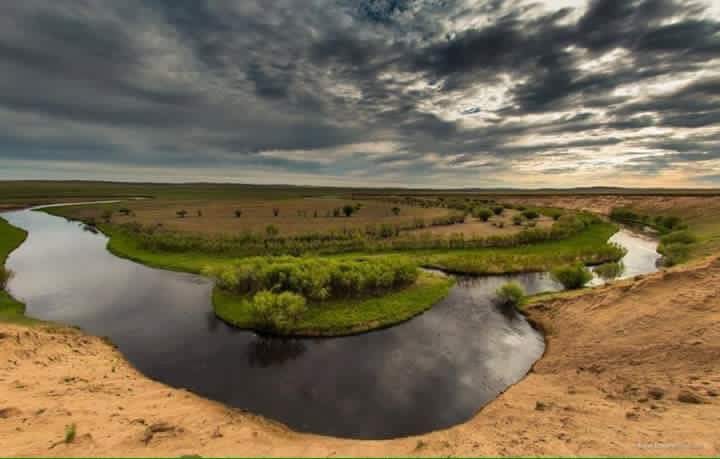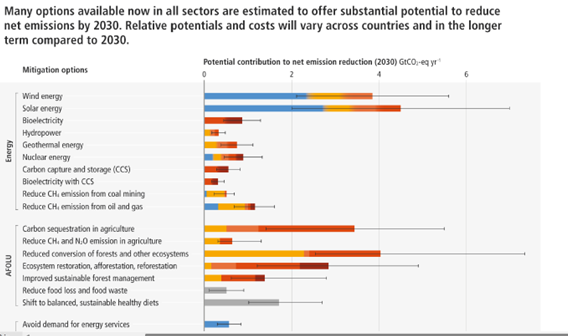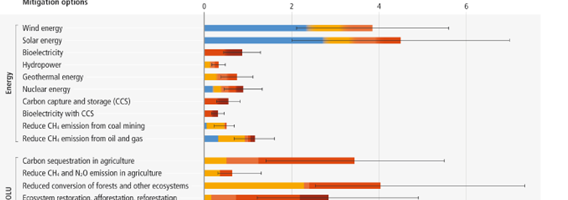
The International Panel on Climate Change has released the Synthesis Report of its 6th Assessment. The document leaves little room for optimism, but we will try to interpret its messages related to freshwater ecosystems in the most constructive manner:
Takeaways for Rivers:
- Freshwater ecosystems are listed among the main victims of climate change and will experience continued degradation.
- Many water-related risks are clearly emphasized in the Report, especially related to changes in cryosphere and increased heavy precipitation.
- Vulnerability of ecosystems is strongly influenced by persistent unsustainable use and management.
- The effectiveness of adaptation, including ecosystem-based and most water-related options, will decrease with increasing warming.
- Hydropower is not listed among efficient and affordable mitigation measures. Large contributions to emissions reductions with costs less than USD 20 tCO2-eq-1 come from solar and wind energy, energy efficiency improvements, and methane emissions reductions (coal mining, oil and gas, waste).
- Large hydropower is not seen by IPCC as a tool for diversification: Energy generation diversification (e.g., via wind, solar, small-scale hydropower) and demand side management (e.g., storage and energy efficiency improvements) can increase energy reliability and reduce vulnerabilities to climate change. Clear call for diversification also means that countries over-reliant on hydro (like Tajikistan, Georgia, Nepal, etc) should diversify their energy systems and not to continue building dams.
- Conservation, improved management, and restoration of forests and other ecosystems offer the largest share of economic mitigation potential.
- Ecosystem conservation more efficient than restoration. Conservation of high-carbon ecosystems (e.g., peatlands, wetlands, rangelands, mangroves and forests), deliver immediate benefits, while others, such as restoration of high-carbon ecosystems, take decades to deliver measurable results.

- 30-50% of ecosystems, including free-flowing rivers, should be protected and restored. Maintaining the resilience of biodiversity and ecosystem services at a global scale depends on effective and equitable conservation of approximately 30% to 50% of Earth’s land, freshwater and ocean areas, including currently near-natural ecosystems.
- Conservation, protection and restoration of terrestrial, freshwater, coastal and ocean ecosystems, together with targeted management to adapt to unavoidable impacts of climate change reduces the vulnerability of biodiversity and ecosystem services to climate change;
- Rebuilding overexploited or depleted fisheries reduces negative climate change impacts on fisheries and supports food security, biodiversity, human health and well-being;
- Loss of ecosystems and their services has cascading and long-term impacts on people globally, especially for Indigenous Peoples and local communities who are directly dependent on ecosystems, to meet basic needs.
- Cooperation, and inclusive decision making, with Indigenous Peoples and local communities, as well as recognition of inherent rights of Indigenous Peoples, is integral to successful adaptation and mitigation across forests and other ecosystems;
- Financial resources currently pledged for adaptation and mitigation are grossly inadequate to keep global worming below 2C. Among other things it means that money should be spent on most efficient and sustainable solutions, not on costly and risky hydropower.


